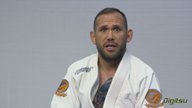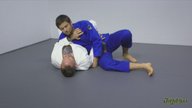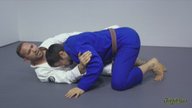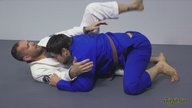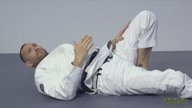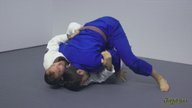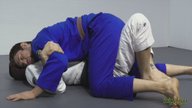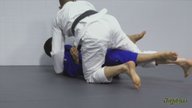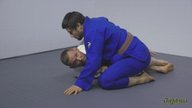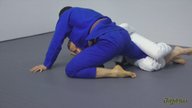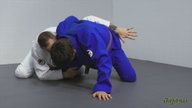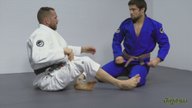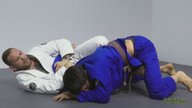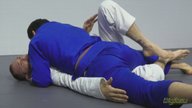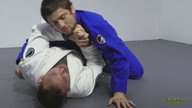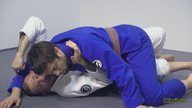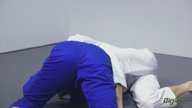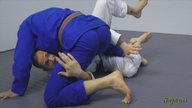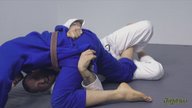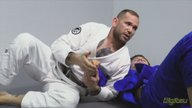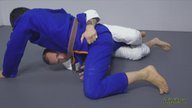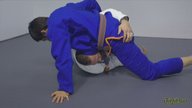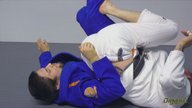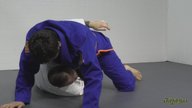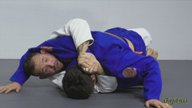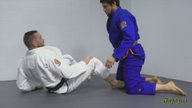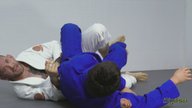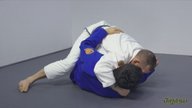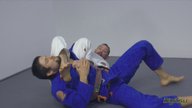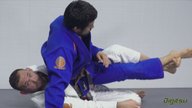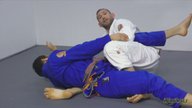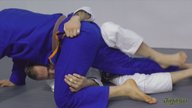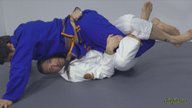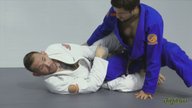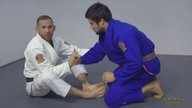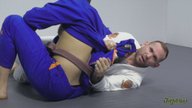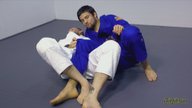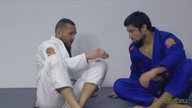Head Control and Underhook Principles
Part of the course: Half Guard by Paul Schreiner

Part of the course: Half Guard by Paul Schreiner

Already have access? Log in

About this video
Understanding the use of frames and body angles from the bottom half guard is crucial for defense. When an opponent passes the knees, the arms become the second line of defense. It's important to protect the inside space, preventing the opponent from getting under the armpit or securing a head hug. Frames should be strong and not at a 90-degree angle, with the elbow open and the arm somewhat extended.
Seeking an underhook is a key objective, but even after achieving it, one must remain vigilant to prevent the opponent from controlling the head or achieving a nearside underhook. If the opponent adds weight and compromises the frame, the hand should flip to the top of the head, hiding the chin behind the shoulder. This position should be maintained while monitoring the opponent's arm to prevent them from gaining advantageous positions.
When the opponent tries to reach or retract their arm, respond by blocking, closing the elbow, and clamping down on their tricep. This 'sticky hand game' helps maintain control. If overwhelmed, the hand goes to the top of the head, and the chin hides behind the shoulder, following the opponent's movements to prevent them from gaining control.
Controlling the opponent's arm that's on the side they're passing towards is essential to prevent them from securing grips on the lapel, head, or arm. If caught out of position, a default half guard position taught by Gordo can be used: the underhooking arm grabs the bottom ribs, the elbow closes, and the other arm goes on top of the head, making it difficult for the opponent to control.
To effectively use the underhook, one must get low and bring their shoulder to the line of the opponent's hip. This involves a shuck to throw the opponent's weight forward, scooting down, and using the legs to lift and manipulate the opponent's hip. The arms work to pull the opponent forward, and as they return, the underhook is deepened, pinching the opponent's hip between the grip on the pants and the shoulder.
When the opponent enters into a modified Kesa-gatame, it's important to twist and be ready to swim the arm underneath their armpit, shocking them forward to start the process of digging down. This process continues until the position is secure, and the opponent's ability to control the head is negated. The leg work is also a critical component of this sequence.
